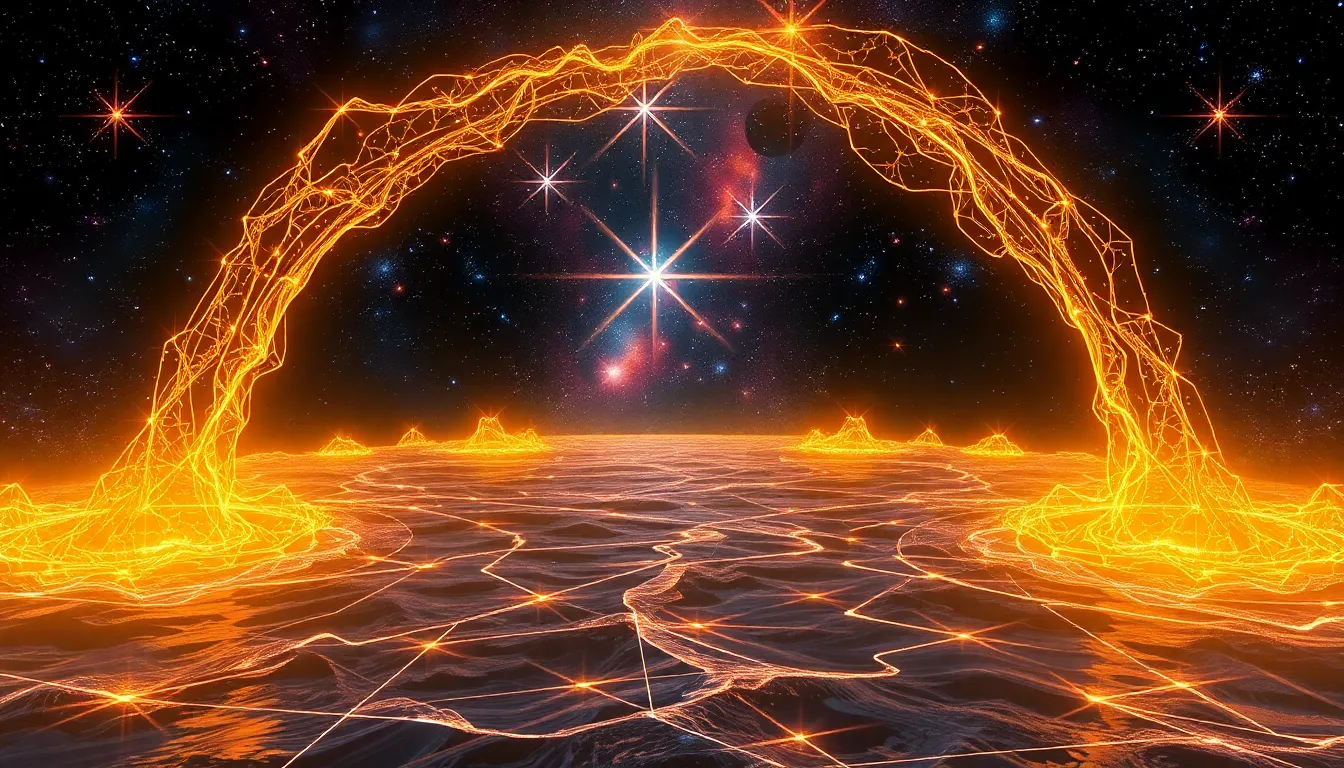The River of the Lost Souls: Myths of Redemption
Introduction: The Allure of Redemption in Mythology
Throughout history, the concept of redemption has captivated human imagination across cultures. It embodies the hope for transformation, forgiveness, and a second chance at life. Myths surrounding redemption often reflect humanity’s struggle with guilt and the desire for absolution.
The River of the Lost Souls serves as a powerful symbol in this quest for redemption. It is a liminal space where souls confront their pasts and seek a path to forgiveness and renewal.
Understanding the River of the Lost Souls
The River of the Lost Souls appears in various mythologies, often as a boundary between the earthly realm and the afterlife. It represents a passage that souls must navigate, confronting their past deeds before achieving redemption.
In many traditions, this river is associated with other mythological rivers, such as:
- Lethe: In Greek mythology, this river causes forgetfulness, allowing souls to forget their earthly sins.
- Styx: Another Greek river, it serves as a boundary to the underworld, where souls are ferried by Charon.
Each of these rivers highlights different aspects of the journey toward redemption, but the River of the Lost Souls uniquely symbolizes the struggle to reclaim one’s identity and purpose.
Cultural Interpretations of the River
Different cultures interpret the River of the Lost Souls in diverse ways, each adding depth to its symbolism. Here are a few notable examples:
Ancient Greek Mythology
In Greek mythology, the River of the Lost Souls aligns closely with the River Styx, where souls are ferried across to the underworld. This journey is fraught with trials, reflecting the challenges faced by souls seeking redemption.
Native American Mythology
In some Native American traditions, the River of the Lost Souls is seen as a place of reflection, where souls can confront their mistakes. Here, redemption often comes through understanding and healing rather than mere forgetfulness.
Asian Mythology
Asian mythologies, particularly in Buddhism, depict rivers as cleansing agents. The River of the Lost Souls serves as a metaphor for the cycle of death and rebirth, emphasizing the potential for spiritual enlightenment and redemption through suffering.
The Journey Through the River: Trials and Tribulations
The journey across the River of the Lost Souls is not a simple passage; it is laden with trials and tribulations. Souls must confront their past actions, face their fears, and seek forgiveness from those they have wronged.
Symbolically, these trials represent:
- Confrontation: Facing one’s sins and acknowledging the pain caused.
- Growth: Learning from past mistakes and evolving as a being.
- Forgiveness: Seeking and granting forgiveness as a means of healing.
Only by overcoming these challenges can souls hope to find redemption and peace.
The Role of Guides and Guardians
In many myths, figures known as psychopomps serve as guides for lost souls on their journey. These beings help navigate the treacherous waters of the River of the Lost Souls, offering protection and wisdom.
Some notable guides include:
- Charon: The ferryman of Hades, who transports souls across the Styx.
- Anubis: The Egyptian god who guides souls through the afterlife, weighing their hearts against a feather.
The significance of these figures lies in their role as mediators between the living and the dead, representing the hope that redemption is attainable through guidance and support.
The Concept of Lost Souls: Who Are They?
Lost souls are often characterized by their inability to move on due to unresolved guilt, unfulfilled desires, or past traumas. They embody the struggle between light and darkness, representing humanity’s quest for redemption.
Key characteristics of lost souls include:
- Guilt: A heavy burden that prevents them from finding peace.
- Isolation: A sense of disconnection from the world and others.
- Longing: A deep desire for forgiveness and understanding.
This portrayal allows individuals to reflect on their own experiences with guilt and the universal need for redemption.
Redemption Narratives: Stories of Transformation
Many myths and legends involve the River of the Lost Souls, showcasing themes of transformation and redemption. Notable narratives include:
- Orpheus and Eurydice: Orpheus journeys to the underworld, crossing the river to retrieve his lost love, learning the value of trust and sacrifice.
- Hercules: His twelve labors can be seen as a journey through the River of the Lost Souls, where he seeks to atone for his past actions.
These stories highlight the transformative power of redemption and the enduring human spirit’s desire for forgiveness.
Modern Adaptations and Interpretations
The concept of the River of the Lost Souls has permeated contemporary literature, film, and art, influencing modern narratives centered around redemption. Some examples include:
- Literature: Books like “The Alchemist” by Paulo Coelho explore themes of personal transformation and the quest for meaning.
- Film: Movies such as “The Shawshank Redemption” illustrate the power of hope and redemption in the face of adversity.
These adaptations reflect society’s ongoing fascination with the themes of guilt, redemption, and the human experience.
Psychological and Philosophical Perspectives on Redemption
Psychology offers insights into the human need for redemption, suggesting that acknowledging and confronting guilt can lead to healing and personal growth. This aligns with therapeutic practices that encourage individuals to face their past and seek forgiveness.
Philosophically, redemption myths prompt discussions about morality, free will, and the nature of human existence. They raise questions such as:
- Can true redemption be achieved?
- What role does forgiveness play in personal transformation?
These reflections are essential for understanding the deeper implications of redemption myths in contemporary society.
Conclusion: The Eternal Quest for Redemption
In conclusion, the River of the Lost Souls serves as a powerful metaphor in mythology, encapsulating humanity’s enduring quest for redemption. Through trials, guidance, and transformation, lost souls navigate their journeys toward forgiveness and renewal.
The myths surrounding the River of the Lost Souls remind us of the complexities of the human experience and the universal desire for redemption. As we reflect on these narratives, we gain deeper insights into our own lives and the eternal search for meaning and absolution.



